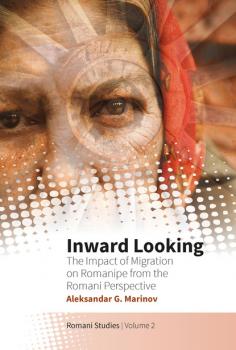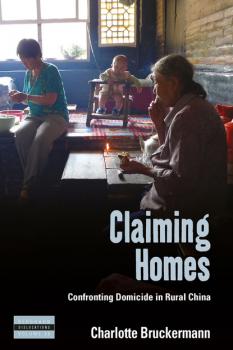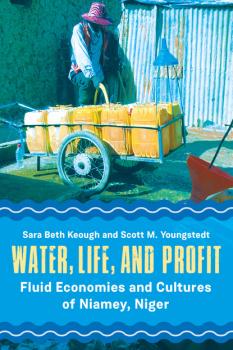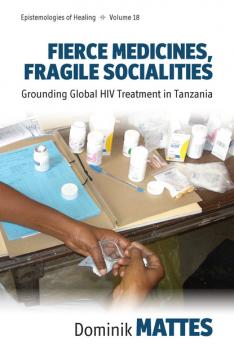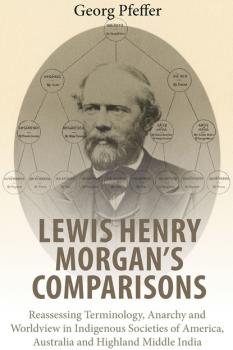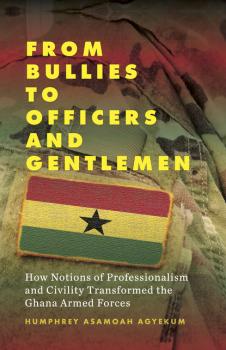ТОП просматриваемых книг сайта:
Культурология
Различные книги в жанре Культурология, доступные для чтения и скачиванияАннотация
At present, Roma are an integral part of Europe, though they face structural and social inequalities and different forms of exclusion and discrimination. Inward Looking seeks to understand the relationship between Romani identity, performance and migration. Particularly, it studies the idea of ‘Romanipe’ through the prism of the personal accounts of Romani migrants. It also seeks to understand the relationships between the Romani groups in Europe, due to their increased travel and convergence, and predict the effects of migration on (new) Romani consciousness. The findings are based on qualitative data gathered from Romani migrants from three towns in Bulgaria.
Аннотация
Chinese citizens make themselves at home despite economic transformation, political rupture, and domestic dislocation in the contemporary countryside. By mobilizing labor and kinship to make claims over homes, people, and things, rural residents withstand devaluation and confront dispossession. As a particular configuration of red capitalism and socialist sovereignty takes root, this process challenges the relationship between the politics of place and the location of class in China and beyond.
Аннотация
Exploring some of the ways in which repair practices and perceptions of brokenness vary culturally, Repair, Brokenness, Breakthrough argues that repair is both a process and also a consequence which is sought out—an attempt to extend the life of things as well as an answer to failures, gaps, wrongdoings, and leftovers. This volume develops an open-ended combination of empirical and theoretical questions including: What does it mean to claim that something is broken? At what point is something broken repairable? What are the social relationships that take place around repair? And how much tolerance for failure do our societies have?
Аннотация
Water, Life, and Profit offers a holistic analysis of the people, economies, cultural symbolism, and material culture involved in the management, production, distribution, and consumption of drinking water in the urban context of Niamey, Niger. Paying particular attention to two key groups of people who provide water to most of Niamey’s residents – door-to-door water vendors, and those who sell water in one-half-liter plastic bags (sachets) on the street or in small shops – the authors offer new insights into how Niamey’s water economies affect gender, ethnicity, class, and spatial structure today.
Аннотация
How are girls represented in written and graphic texts, and how do these representations inform our understanding of girlhood? In this volume, contributors examine the girl in the text in order to explore a range of perspectives on girlhood across borders and in relation to their positionality. In literary and transactional texts, girls are presented as heroes who empower themselves and others with lasting effect, as figures of liberating pedagogical practice and educational activism, and as catalysts for discussions of the relationship between desire and ethics. In these varied chapters, a new notion of transnationalism emerges, one rooted not only in the process through which borders between nation-states become more porous, but through which cultural and ethnic imperatives become permeable.
Информация о книге
Автор произведения Группа авторов
Жанр Культурология
Серия Transnational Girlhoods
Аннотация
Set in Tanga, a city on the Tanzanian Swahili coast, Dominik Mattes examines the implementation of antiretroviral HIV-treatment (ART) in the area, exploring the manifold infrastructural and social fragilities of treatment provision in public HIV clinics as well as patients’ multi-layered struggles of coming to terms with ART in their everyday lives. Based on extensive ethnographic fieldwork, the book shows that, notwithstanding the massive rollout of ART, providing treatment and living a life with HIV in settings like Tanga continue to entail social, economic, and moral challenges and long-term uncertainties, which contradict the global rhetoric of the “normalization of HIV”.
Аннотация
About 150 years ago Lewis Henry Morgan compared relationship terminologies, societal forms and ideas of property to recognize the interdependence of the three domains. From a new perspective, the book re-examines, confirms and criticizes Morgan’s findings to conclude that reciprocal affinal relations determine most ‘classificatory’ terminologies and regulate many non-state societies, their property notions and their rituals. Apart from references to American and Australian features, such holistic socio-cultural constructs are exemplified by elaborate descriptions of little known contemporary Indigenous societies in Highland Middle India, altogether comprising many millions of members.
Аннотация
Going beyond the frameworks of the anthropology of death, Articulate Necrographies offers a dramatic new way of studying the dead and their interactions with the living. Traditional anthropology has tended to dichotomize societies where death “speaks” from those where death is “silent” – the latter is deemed “scientific” and the former “religious” or “magical”. The collection introduces the concept of “necrography” to describe the way death and the dead create their own kinds of biographies in and among the living, and asks what kinds of articulations and silences this in turn produces in the lives of those affected.
Аннотация
Based on unprecedented access to the Ghanaian military barracks and inspired by the recent resurgence of coups in West Africa, Agyekum assesses why and how the Ghana Armed Forces were transformed from an organization that actively orchestrated coups into an institution that accepts the authority of the democratically elected civilian government. Focusing on the process of professionalization of the Ghanaian military, this ethnography based monograph examines both historical and contemporary themes, and assesses the shift in military personnel from ‘Buga Buga’ soldiers – uneducated, lower-class soldiers, human rights abusers – to a more ‘modern’ fighting force.
Аннотация
The increased presence of Somalis has brought much change to East African towns and cities in recent decades, change that has met with ambivalence and suspicion, especially within Kenya. This volume demystifies Somali residence and mobility in urban East Africa, showing its historical depth, and exploring the social, cultural and political underpinnings of Somali-led urban transformation. In so doing, it offers a vivid case study of the transformative power of (forced) migration on urban centres, and the intertwining of urbanity and mobility. The volume will be of interest for readers working in the broader field of migration, as well as anthropology and urban studies.

